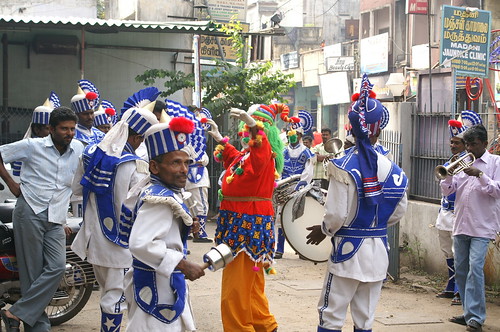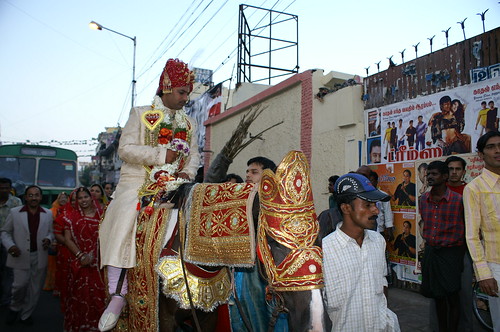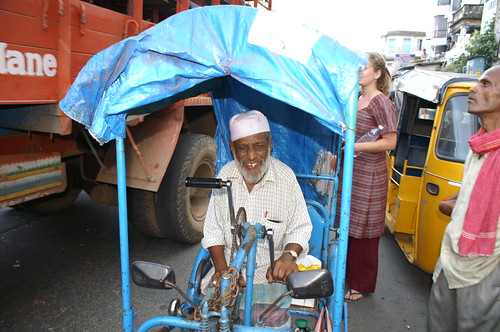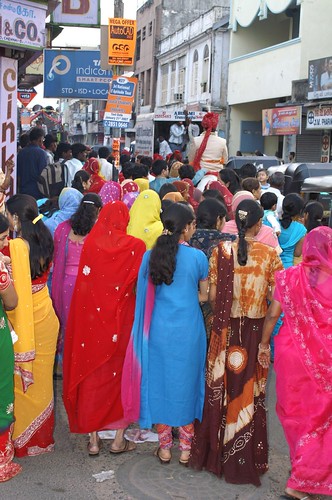Remember the Kursk? This was the Stuff.co.nz frontpage, as recorded on the 16 August 2000, reporting on the doomed rescue effort. I was probably being introduced to the term "liberalism" in POLS112 at that time, and in between classes I was reporting on select committees for one of the beltway newsletters (I had to quit as I kept falling asleep, thanks to first-year alcoholism, Counterstrike, and democracy being really boring). Peering back in time, the site is doesn't appear to have changed much, but the devil is in the details - and the details are running the show.
This weekend, the EPMU is going to be hosting a conference under the banner "Journalism Matters". It's going to be held in Parliament, and speakers include Judy McGregor (former journalist, newspaper editor, academic and now EEO Commissioner), Gavin Ellis (former Herald editor), Rick Neville (Deputy CEO, APN) and assorted journalists (Simon Collins, Vernon Small, Amanda Cropp, Kathryn Ryan, Sharon Fergusson, Murray Kirkness, Kim Griggs, and of course, from our side of the electronic fence, Alastair Thompson). You can register here.
Since I won't be able to make it, I hope to make my contribution here and now. Most of the journalists there will be far more experienced than me, but I'm making this contribution as a blogger-journalist and someone who has gone deep undercover in the advertising/marketing industry.
My assertion is simple: Contextual advertising will have an unholy influence on editorial direction.
Exhibit A: Stuff website, 2000. Exhibit B: Stuff website, 2007. The hard news portion of the website has gone from 80% of page width to 40%. The left column is given over to advertising and sponsored links, but it's the new middle column which points to the future. Five boxes, Lifestyle, Technology, Entertainment, Sport and Travel. The same set-up is reproduced in the Herald website. (They've disallowed web-archiving.) Coincidence?
The reason for their existence is contextual advertising. Advertisers will pay a premium for space in subject-specific sections, because those readers are easier to sell to. For example, if you're reading car reviews, you're more likely to be someone actually looking to buy a car, and so a car ad is worth more, because more sales are likely to result from it. Same with travel sections and airlines, etc.
You can see this most clearly in the Herald website. In the Business section, you have the AUT Business School. In Motoring, you have a Lexus ad. In Jobs, you have a Search4Jobs ad. And so on. (Results may vary if they rotate their ads, but you get the point.) It's also interesting to note that many of the equivalent sections on Stuff have the ad space allocated, but have no ads - i.e. they have been unable to sell the space.
Google AdSense is worth gazillions because it can automate this process, but doing it the human way (as above) works, too.
How is it different from traditional set ups, with motor section, the travel section, etc.? The key difference is the ability to accurately measure readership in individual sections. In traditional press you can't buy sections of the paper individually; on the internet, you can tell if a reader goes straight to a section, or never visits it. The success of each section can be measured, and advertising can, in theory, be priced according to hits. (There has to be sufficient market confidence and good measurement tools for this to take place.)
So there are a few boxes of fluff on the homepage – what's the big deal? The point is that individual stories will have a direct impact on the company's bottom line, not just according to their success, but also according to their subject.
I appreciate that editors have always had to deal with the advertising-editorial tension, and major advertisers often become the subject of stories regardless; it's a point of pride that the editors stick to their guns in these situations (though I guess when they chicken out, we don't find out about it). But this is about more than the relationship between individual advertisers and publishers; it's about contextual advertising bending the strategic direction of media.
Strong breaking news stories would still pull in readers and strengthen readership, but what happens if you get 15% more ad revenue per reader in the tech section than you do in the national news section? And what happens if, at the same time, it costs 80% less to source a iPhone fluff piece from the Sydney Morning Herald than it does to do a story on child abuse in Whangarei? What happens when Fairfax/APN bosses demand a higher return on their investment?
I guess, on a slightly philosophical note, the business of news has never been about news. It's always been about attention. Sometimes good journalism gets you that attention, other times, bad journalism gets you that attention. By the same token, they don't go out of business because they're bad journalists, they go out of business because they're bad businesses.
The online advertising business model will reward commercial journalism more than civic journalism, and it will decouple their fates. Will civic journalism remain profitable? Will it remain profitable enough? And when the monetary rewards are elsewhere, what – if anything – will keep these news organisations committed to the kinds journalism that may well prove to be unprofitable?
Right now, the battle is not over money. There is no money, relatively speaking. Online advertising might have risen from $8m to $65m between 2003 and 2006, but that's still dwarfed by the $810m spent on newspaper advertising and barely a fraction of the $2,224m in total advertising spending. But of course, for the first time since 1998, newspaper advertising have dropped – by $20m in 2006. Circulation is looking drab for some, gloomy for others. The end is nigh, everyone knows it, and it's being discussed ad nauseam.
This is the perfect time for us, as media consumers, to think about how we want things to go down, too. How many of us have bitched about the marketing influence destroying journalism? They write about brain health, property investments and fat goddamn kids because their focus groups tell them it's relevant to their target demographics; reaching those target demographics are important if they want to sell ads; selling ads is important if they want to stay afloat. It's understandable and rational behaviour, especially when they can't get another revenue stream because classified ads have been annexed by TradeMe and readers refuse to pay real money.
We say we want serious journalism, but how many of us are willing to actually pay for it?
Invitation: Participants in the summit this weekend are especially welcomed to join the fray on Public Address System. You might also be interested in this article on how the Washington Post is coping (very well, thank you). If you have a more substantial contribution you want to make before or after the summit, I'll also be happy to oblige. Let me know if you want to use a pseudonym.
Disclaimer: This is, as usual, my view and not necessarily Russell's. Feel free to give him your advertising dollar. Or just give him money. At any rate, the issues above don't really apply to us since our advertising isn't contextual, we do not and are unlikely to ever have enough content or advertising volume to make contextual advertising viable, and our we have an integrated editorial and corporate governace structure in the form of, um, Russell, who is, as they say, not evil.







